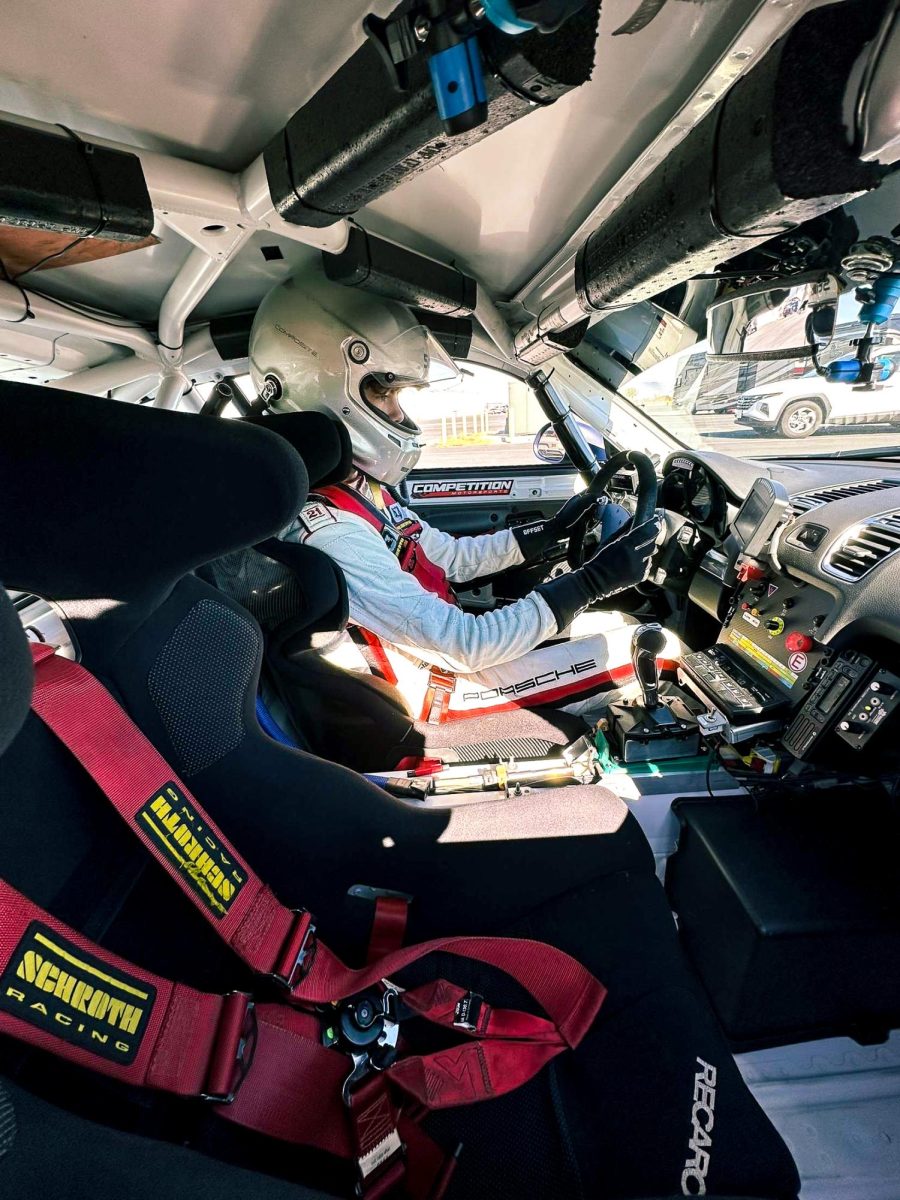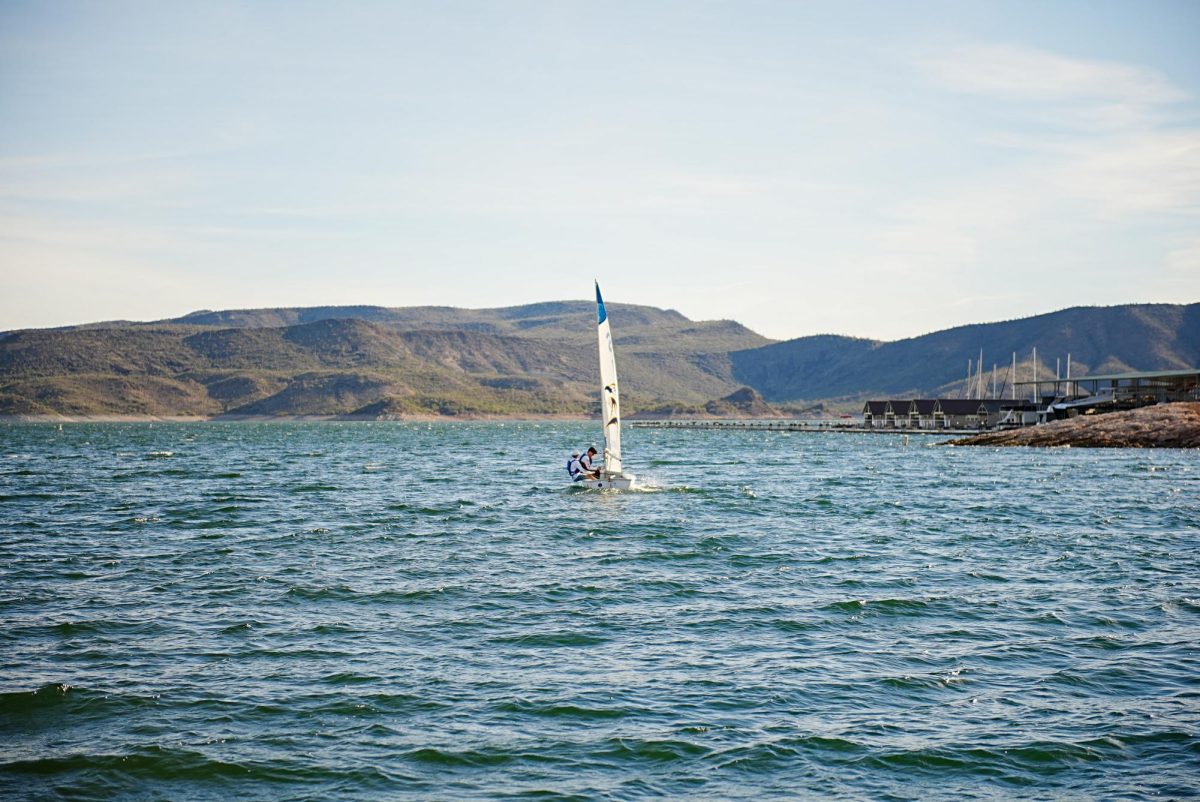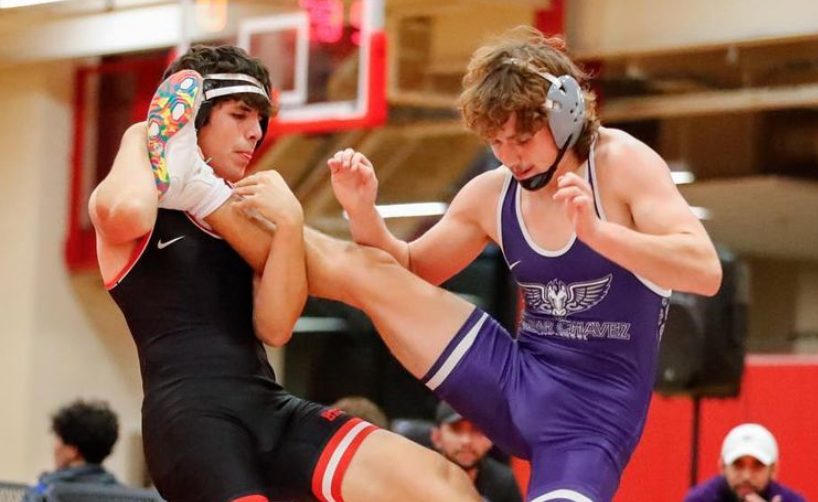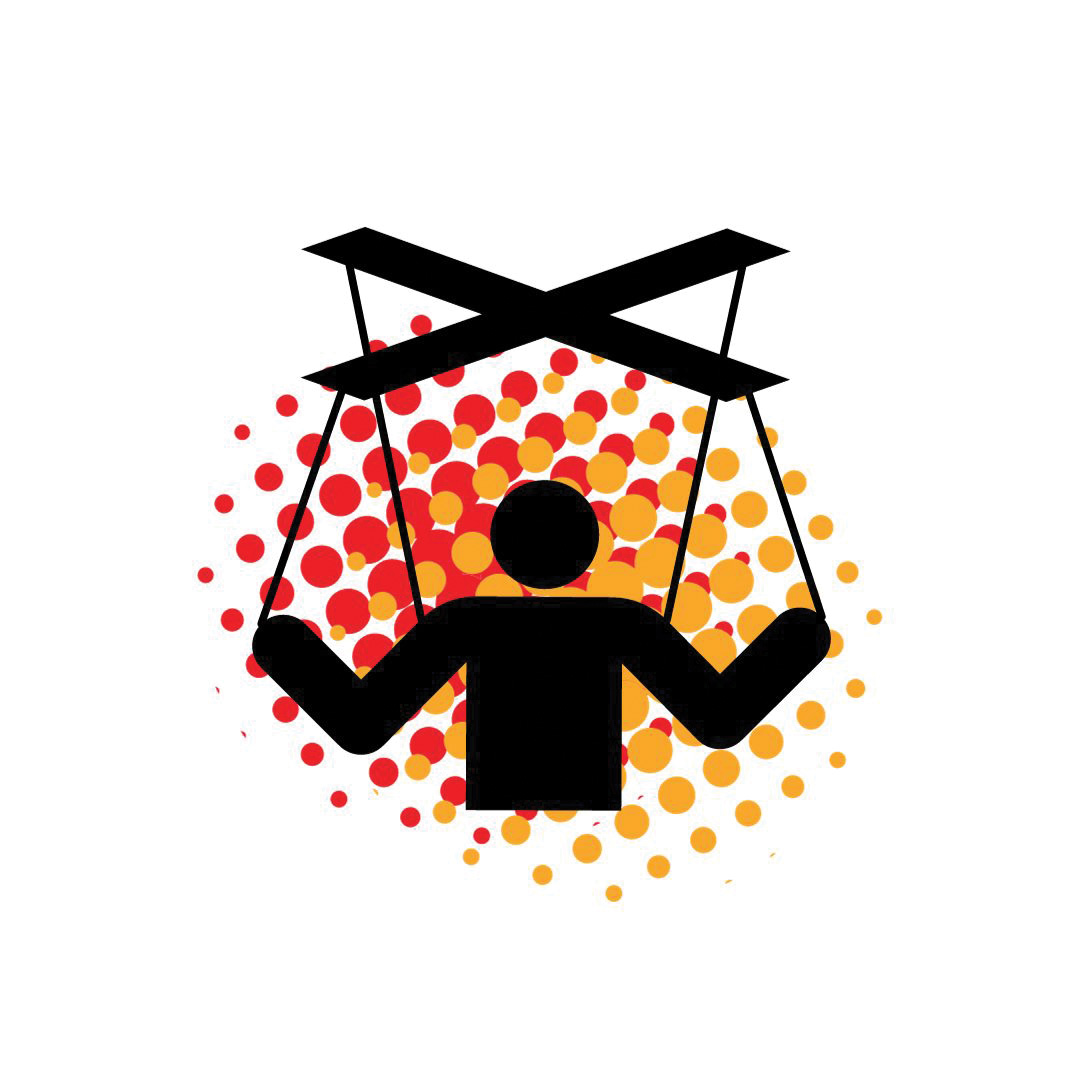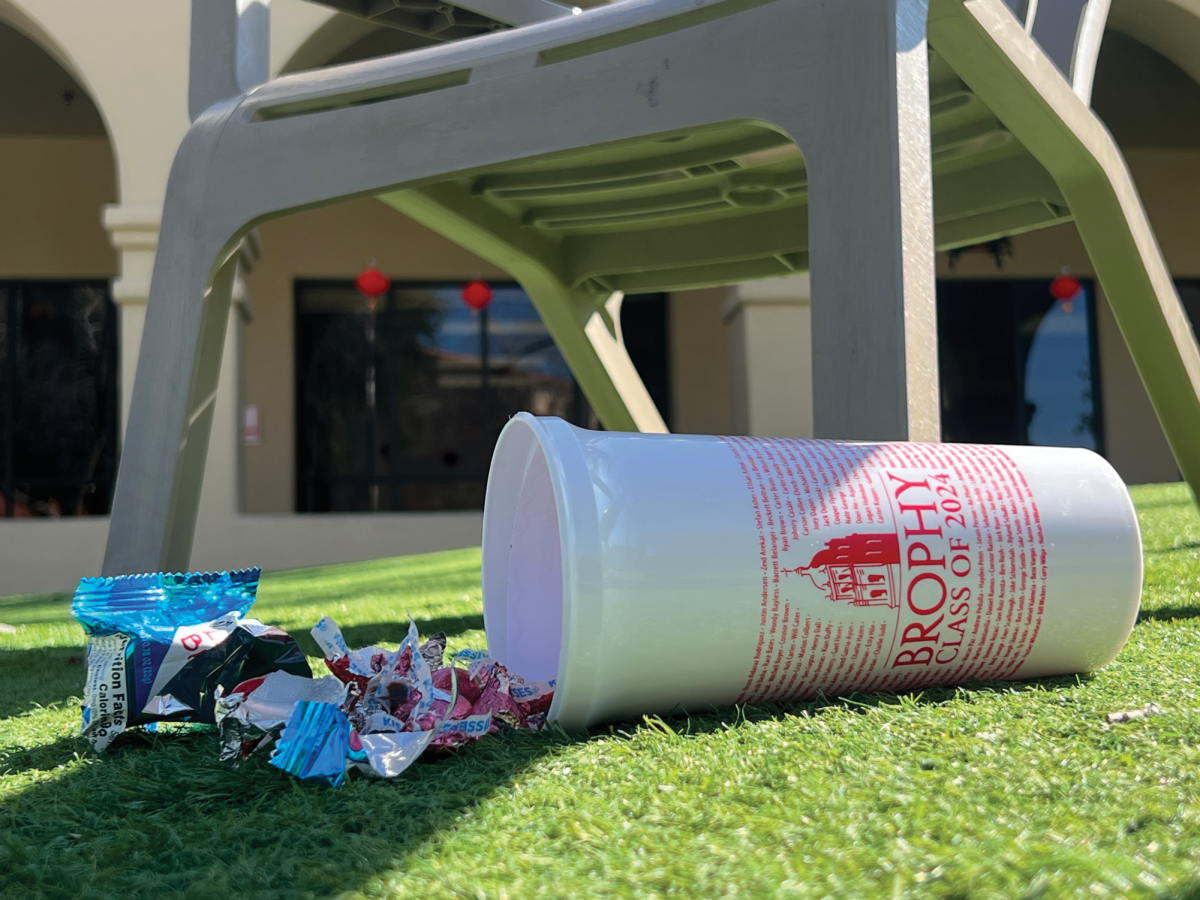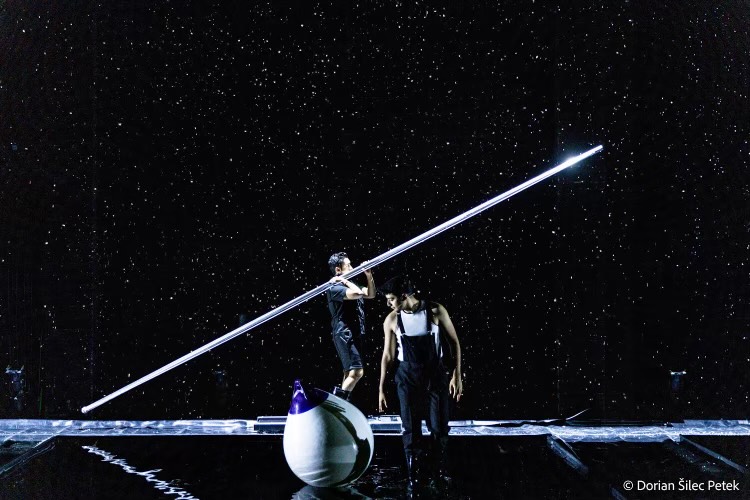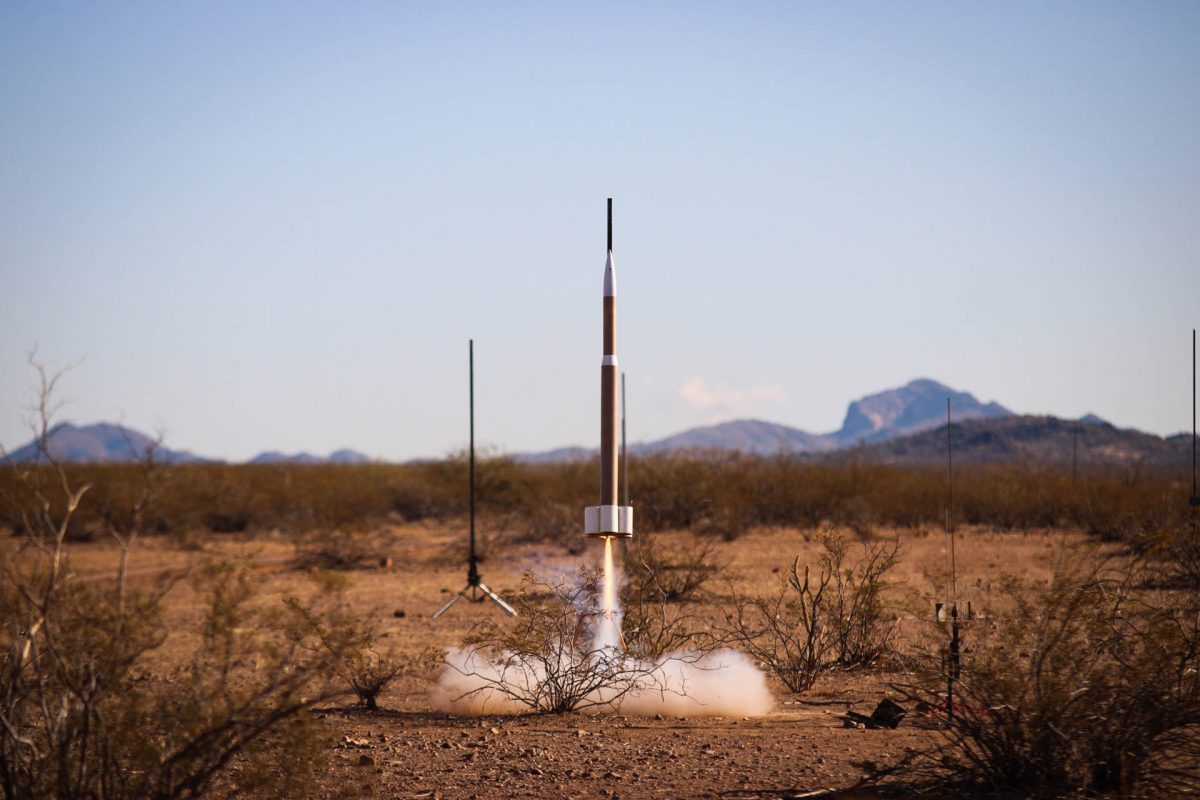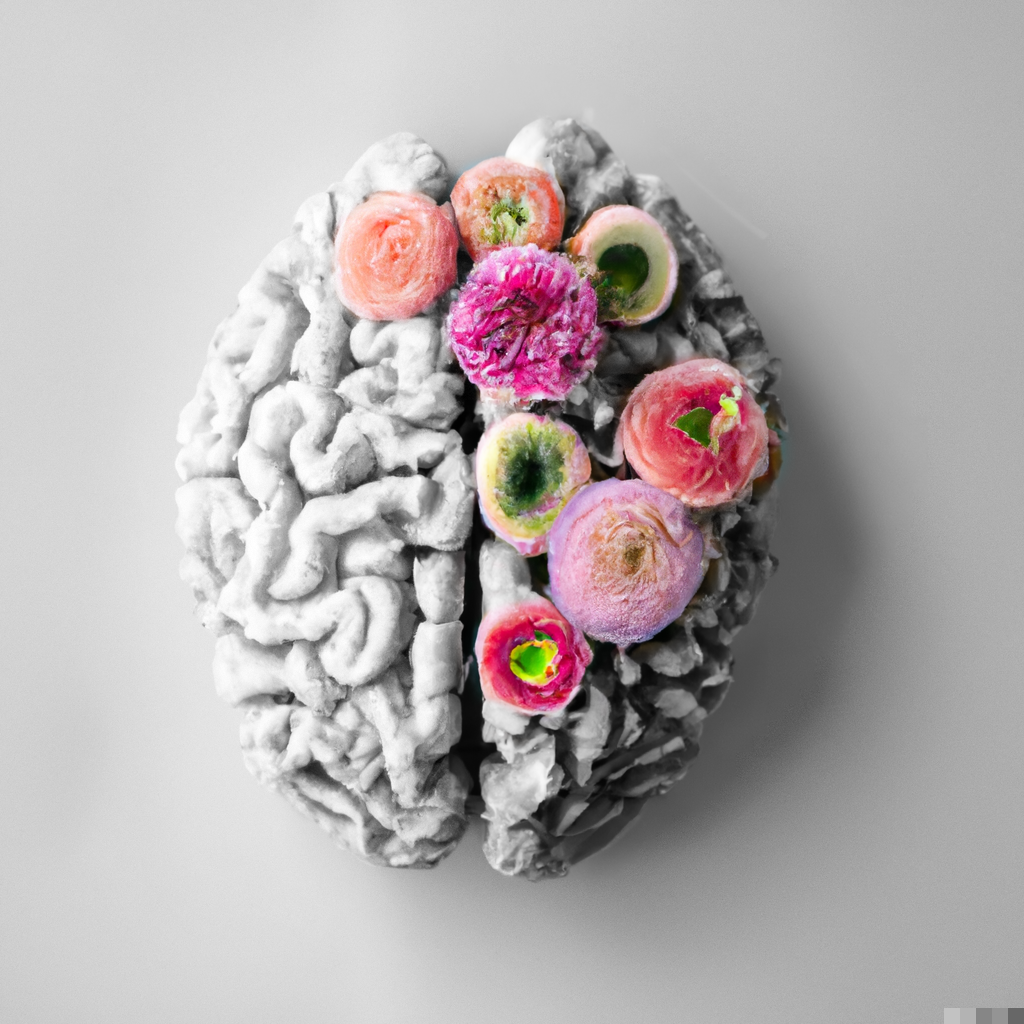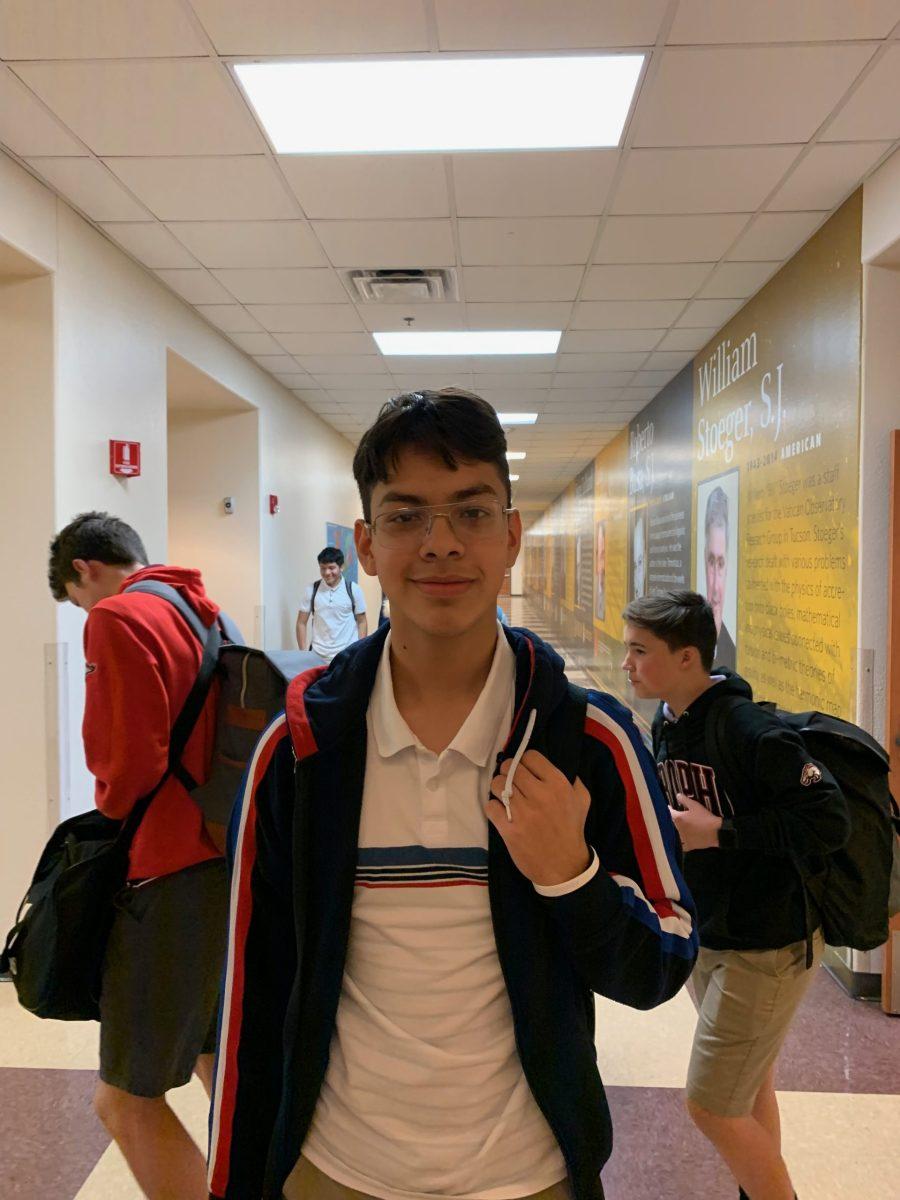By Aakash Jain ’14
THE ROUNDUP
Nearly 25 percent of American parents say their children’s schools do not emphasize science enough, according to a December 2013 NPR article.
Last year’s Program for International Student Assessment study indicated that the United States ranks 28th globally in science education.
These statistics are troubling, especially considering that U.S. students will eventually compete for jobs in an increasingly high-tech global economy.
According to the same NPR article, one critique from parents is that science education in the United States tends to emphasize memorization of facts rather than intellectual curiosity or exploration.
While it is true that, just like any other academic subject, there is a certain level of memorization required to study science, schools should seek to not only instruct but also inspire their students through an increased focus on hands-on learning.
Personally, these kinds of learning experiences have been the most meaningful for me.
Memorizing solubility rules in chemistry class is not nearly as fun or constructive as actually mixing together lead nitrate and potassium iodide solutions and observing the bright yellow precipitate that forms.
At the same time, hands-on learning experiences are meaningless without a strong foundation of knowledge of the relevant topics.
Thus, the ideal classroom combines hands-on learning with traditional forms of studying, such as lecture and readings from textbooks, in order to provide students with ample opportunities to grapple with scientific ideas and learn about their real-world applications.
Most importantly, this kind of a well-rounded education not only maximizes students’ learning but can also potentially stimulate interest and enthusiasm in the classroom.
The NPR article provides some examples of recent efforts to stimulate interest and curiosity regarding the sciences among America’s youth—from elementary school students making lava rocks in a San Francisco organization called the Mission Science Workshop to teachers developing new national science standards in Minnesota that emphasize critical thinking and engaging students in practicing science.
However, much more work must be done in this area in order for the United States to improve its science education and give the next generation the opportunity to be successful in tomorrow’s highly competitive job market.


